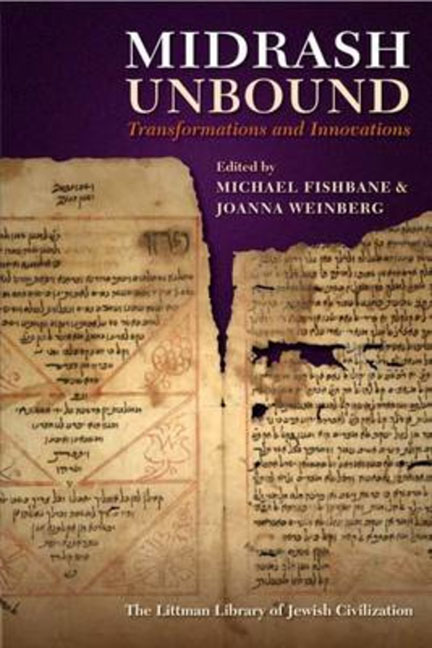15 - Zoharic Literature and Midrashic Temporality
Summary
WE ARE AT A POINT in the academic study of the Zohar of great transition and uncertainty, one might even be tempted to say a moment of aporetic suspension. The dominant view for the better part of the twentieth century, spearheaded by Gershom Scholem and Isaiah Tishby, that the bulk of this work, with the exclusion of the Raya meheimna stratum and the Tikunim (first published in Mantua in 1558), was composed by Moses ben Shem Tov de León, has been challenged from a number of perspectives. The model of single authorship of diverse literary strata lumped together under the rubric guf hazohar (‘the body of the Zohar’) has been replaced by the idea of a circle, or perhaps a multiplicity of circles, which were allegedly active in Castile and/or Aragon in the thirteenth and fourteenth centuries. It has even been argued that the contours of the text did not assume stability until the sixteenth century, at the time that kabbalists were actively engaged in preparing the material for publication.
At the present stage of research, many of the philological and historical issues that a scholar would ideally be expected to know before proceeding to thematic analyses are still unresolved. In this chapter, I will nevertheless assume the relative coherence and dependability of the zoharic corpus from the standpoint of the first two printed editions (Mantua and Cremona, 1558–60) and the publications of ancillary parts not included in the aforementioned recensions, the Midrash hane’elam on Ruth published as Yesod shirim or Tapuḥei zahav (Thienigen, 1559, Venice, 1566, and Kraków, 1593), also published together with the section on Song of Songs (Salonika, 1597), as well as other units and fragments assembled by Abraham ben Eliezer Halevi Berukhim on the basis of manuscripts that circulated among the Safed kabbalists and printed with the title Zohar ḥadash (Kraków, 1603, followed by the second and third editions respectively in Venice, 1658 and Amsterdam, 1701). The justification for doing so is not to deny the advancements of the field and the heightened sensitivity with regard to the fluidity of the redactional boundaries of the collection of textual units that eventually circulated as Sefer hazohar.
- Type
- Chapter
- Information
- Midrash UnboundTransformations and Innovations, pp. 321 - 344Publisher: Liverpool University PressPrint publication year: 2013

